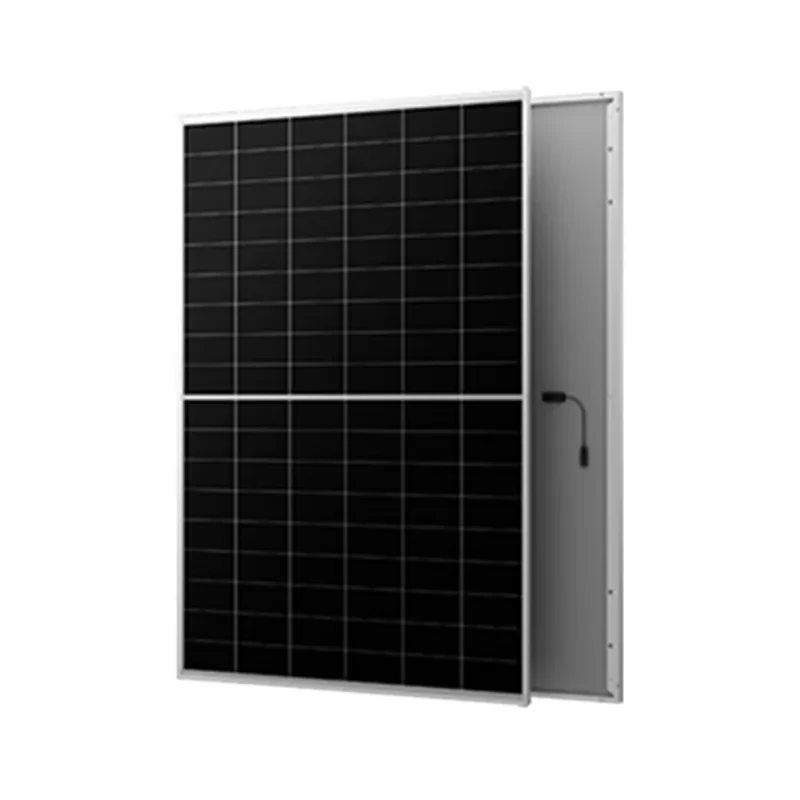Optimizing Solar Panel Orientation for Maximum Efficiency and Energy Generation Potential
The Impact of Solar Panel Orientation on Efficiency
As the world increasingly turns to renewable energy sources, solar power has emerged as a leading alternative. Photovoltaic (PV) systems transform sunlight into electricity, making the orientation and positioning of solar panels crucial for maximizing energy output. The efficiency of solar panels is heavily influenced by their orientation regarding the sun’s path throughout the day and across seasons.
Understanding Solar Panel Orientation
When discussing solar panel orientation, two main factors come into play azimuth and tilt. Azimuth refers to the direction in which the panels face, typically measured in degrees from true north. The ideal azimuth angle for solar panels in the northern hemisphere is generally south-facing, as this orientation captures the most sunlight during peak hours. Conversely, in the southern hemisphere, panels should ideally face north.
Tilt angle, on the other hand, refers to the angle between the solar panels and the ground. The optimal tilt angle can vary depending on geographic location and seasonal variations in sunlight. In general, a tilt angle that is about equal to the latitude of the location can maximize annual solar energy capture. However, adjusting this angle seasonally can further enhance efficiency by aligning the panels with the sun’s trajectory, which changes throughout the year.
Effects on Energy Output
The efficiency of solar panels diminishes with suboptimal orientation. A south-facing panel can capture approximately 20-30% more sunlight than a panel facing east or west. Additionally, panels that are tilted at the proper angle can receive a higher intensity of sunlight, thus improving their energy conversion rates. For instance, fixed panels tilted at the optimal angle can generate more electricity during the winter months when the sun’s path is lower in the sky.
solar panel orientation efficiency

Moreover, the time of day significantly affects energy production. Solar panels tend to perform best around noon when the sun is at its highest point. However, east-facing panels can take advantage of the early morning sun, while west-facing panels capture late afternoon rays. Therefore, understanding and optimizing both azimuth and tilt can lead to considerable energy gains, particularly in residential installations.
Seasonal Adjustments
For those looking to maximize efficiency further, consider adjusting the tilt of solar panels seasonally. During summer, a lower tilt angle may be more effective, allowing panels to capture sunlight more directly overhead. Conversely, during winter, increasing the tilt helps accommodate the sun’s lower angle in the sky. While these adjustments can be labor-intensive and may not be feasible for all installations, they can significantly increase energy production for those willing to invest the time.
Technological Innovations
Technological advancements are also increasing the efficiency of solar panels through adjustable mounts and tracking systems. Sun-tracking systems, which automatically follow the sun's trajectory throughout the day, can enhance energy capture by 25-35% compared to fixed systems. Although more expensive upfront, these systems can provide considerable long-term savings on energy costs.
Conclusion
In conclusion, the orientation of solar panels—both azimuth and tilt—plays a pivotal role in their efficiency. Homeowners and businesses alike should take these factors into consideration when installing solar systems to ensure maximum energy output. With the right orientation, solar power can be harnessed more effectively, contributing to a sustainable energy future and reducing our reliance on fossil fuels. As technology continues to advance, optimizing solar panel orientation will become even more critical in our quest for renewable energy solutions.
-
String Solar Inverter: The High-Efficiency Solution for Smart Solar EnergyNewsJul.14,2025
-
Revolutionizing Rooftop Energy with the Power of the Micro Solar InverterNewsJul.14,2025
-
Power Independence with Smart Off Grid Solar Inverter SolutionsNewsJul.14,2025
-
On Grid Solar Inverter: Powering the Future with Smart Grid IntegrationNewsJul.14,2025
-
Monocrystalline Solar Panels: High-Efficiency Power for the Future of Clean EnergyNewsJul.14,2025
-
Bifacial Solar Panel: A Smarter Investment for Next-Generation Energy SystemsNewsJul.14,2025







